This year, we were fortunate enough to spot several gopher land tortoise. Our first was along the roadside on Manasota Key. We were headed to Stump Pass Beach our favorite spot on the key. Unfortunately, we couldn't stop to take a photo. The road is narrow with a 25 mph speed limit & we had a string of vehicles behind us. It's a one mile walk from the entrance of Stump Pass to the southern most point of Manasota Key. We walked the beach looking for shark's teeth & other sea treasures. The wind was at our backs so we didn't realize how breezy it was until we turned to head back. Whoa! We decided to take the nature trail back which follows along the bayside of the key to shelter us from the wind. It was on our walk back that we hit the jackpot. A gopher land tortoise next to its den. Gopher land tortoises are native to the southeastern region of the United States. Only 5 tortoise species are native to the U.S. and gopher land tortoises are the only tortoise found east of the Mississippi River. They are protected in Florida & listed as "Vulnerable" on the Endangered Species List. In Florida, all gopher tortoises must be safely relocated before any land disturbance is allowed to take place. Land owners are required by law to obtain a permit before doing so. There are many protected animals & native plants in Florida. The state does a great job alerting the public to their presence. We found signage posted at every park & pubic nature space we visited. Florida also includes educational information on their signage. We love that! Gopher land tortoise are considered a "Keystone Species." A keystone species is any organism that helps to define an ecosystem. Gopher land tortoise play a crucial role within their ecosystem. It's mainly due to their dens. Many species rely on gopher land tortoise dens for their own survival. Gopher tortoise burrow as far as 50' into the ground and their dens may be up to 10' deep! These burrows protect the tortoise from heat, sunstroke & bush fires. It's quite common for gopher tortoise to share their dens with snakes. In fact, over 350 different species of animals are known to share gopher land tortoise dens. During bush fire events, these burrows are essential for the survival of the ecosystem. Gopher land tortoise tend to feed within 160' of their burrow. They forage on low growing plants such as broadleaf & wire grasses, gopher apples and legumes. Gopher tortoise average 9-11" in length but can grow up to 15" long. Their average lifespan is 40-60 years in the wild. Gopher land tortoise can live 90+ years in captivity. Breeding season runs March to October. Male gopher land tortoise sexually mature within 9-12 years of age while females require 10-21 years to reach sexual maturity. Females lay their clutch of eggs between the months of May & July. Their eggs are about the size of pingpong balls. Baby tortoise emerge in August through November after 80 to 100 days of incubation. Adult gopher land tortoise provide NO maternal care to their young. Several days later we were lucky enough to spot another gopher land tortoise while walking to Manasota Beach. He was very close to the footpath but hard to spot in the dune grass. I might have walked right past him had Jason not pointed him out. The tortoise was busy digging in the sand & paid no attention to us. We were able to get several great shots. From a safe distance, of course! I wondered if the tortoise was working on a new burrow or just digging the beach like me? We'll have to check this spot for a tortoise den next year. We shot a few seconds of video showing the tortoise in action before we continued on to the beach. Check out the clips below. Later that night I used our photos & video clips of the gopher land tortoise to create my very first TikTok video. We're up to 692 views so far with 7 likes. Well on our way to TikTok fame... at a tortoise pace, of course! Stay tuned. We have more nature & wildlife posts coming soon.
Follow us on Facebook for updates.
0 Comments
Leave a Reply. |
Categories
All
Archives
July 2024
|
A Blog for Art, Garden & Nature Enthusiasts
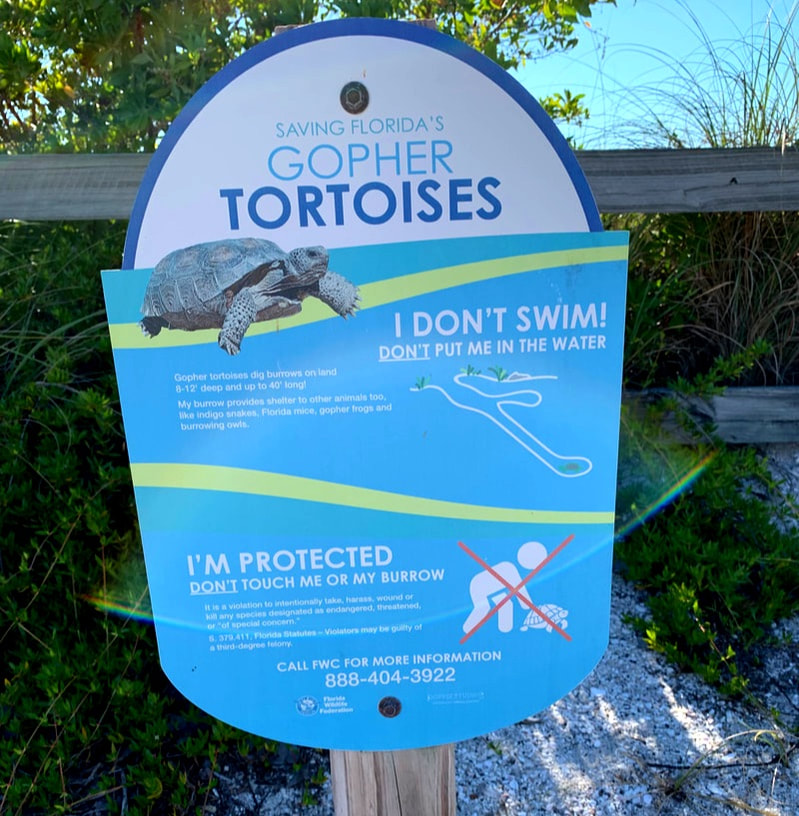
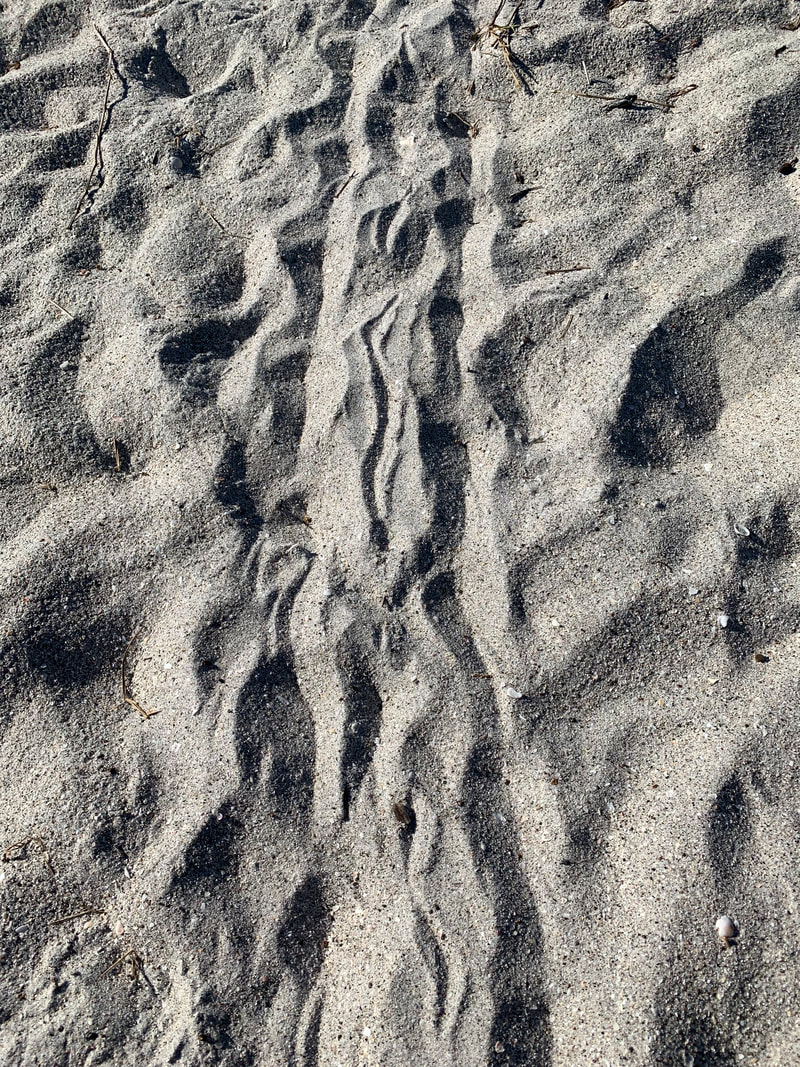
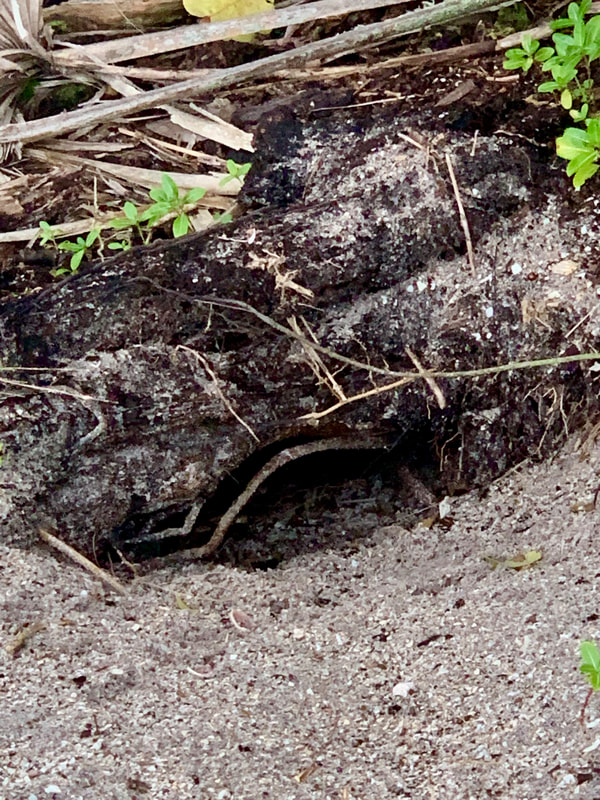
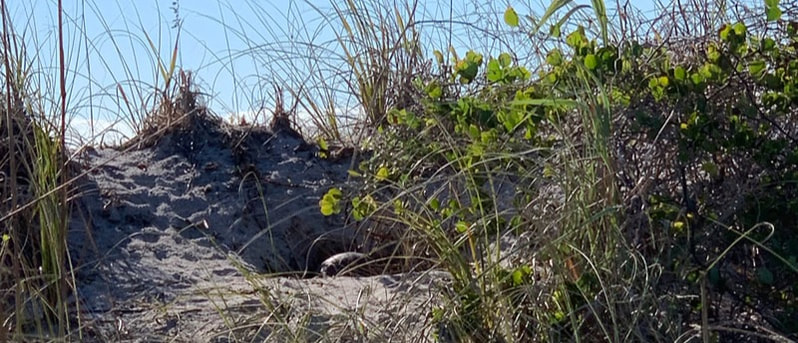
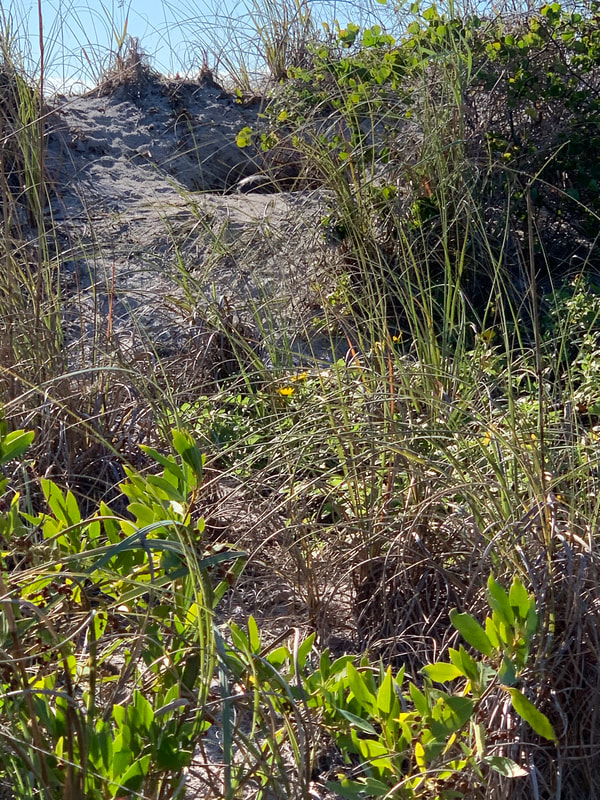
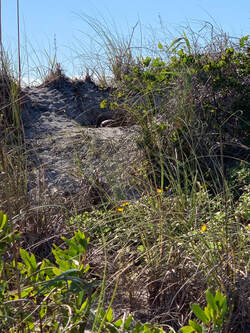
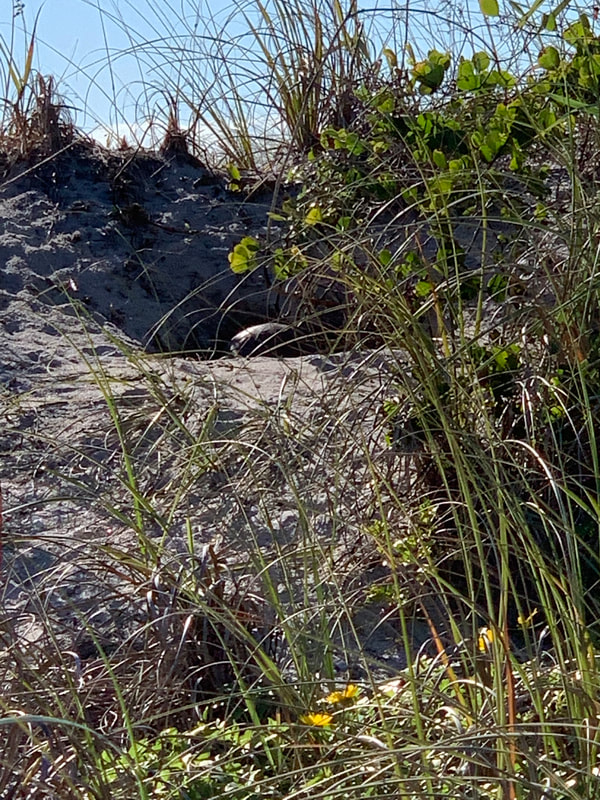
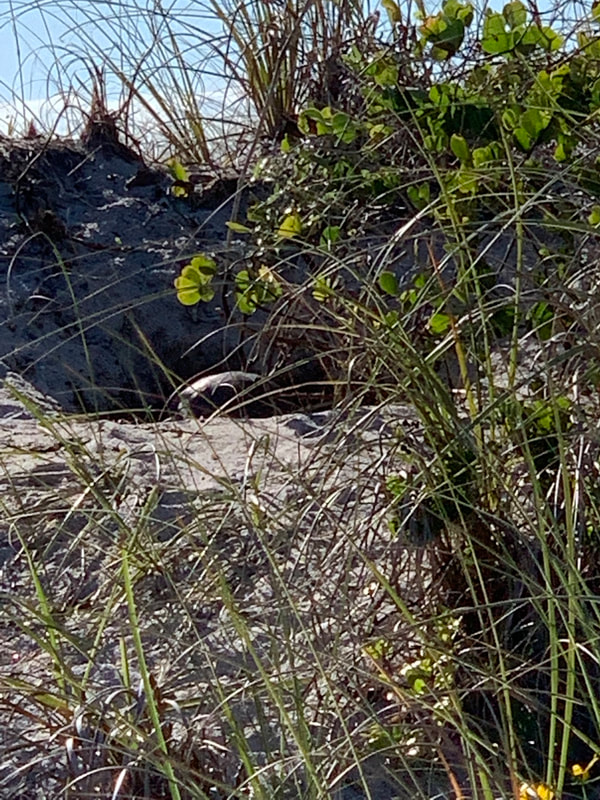
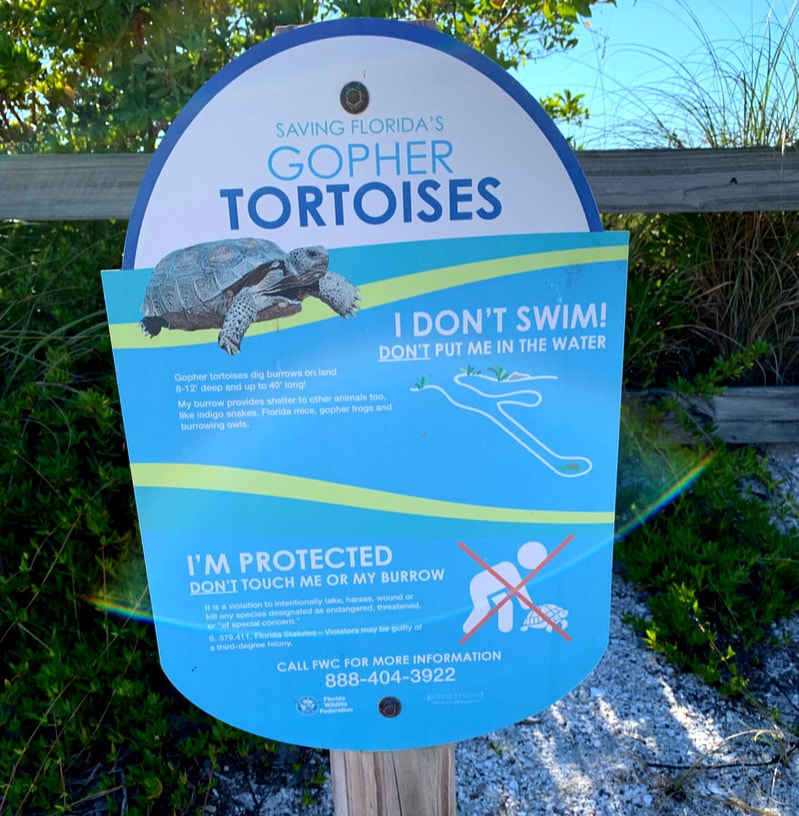
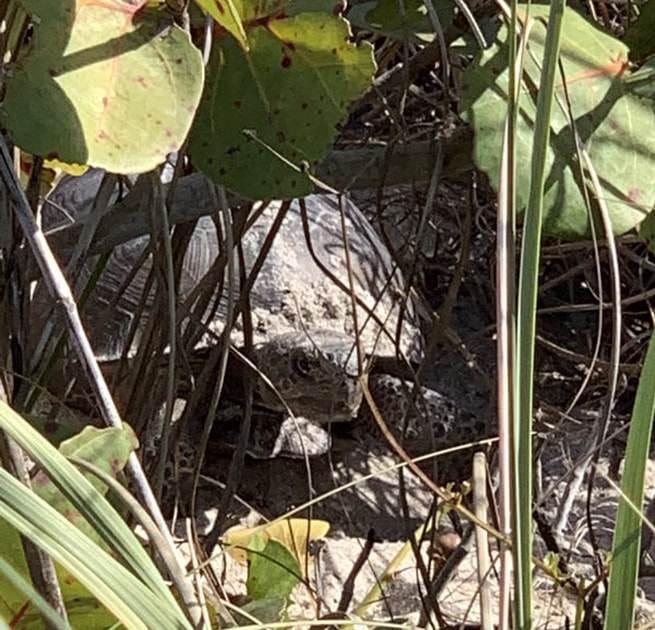
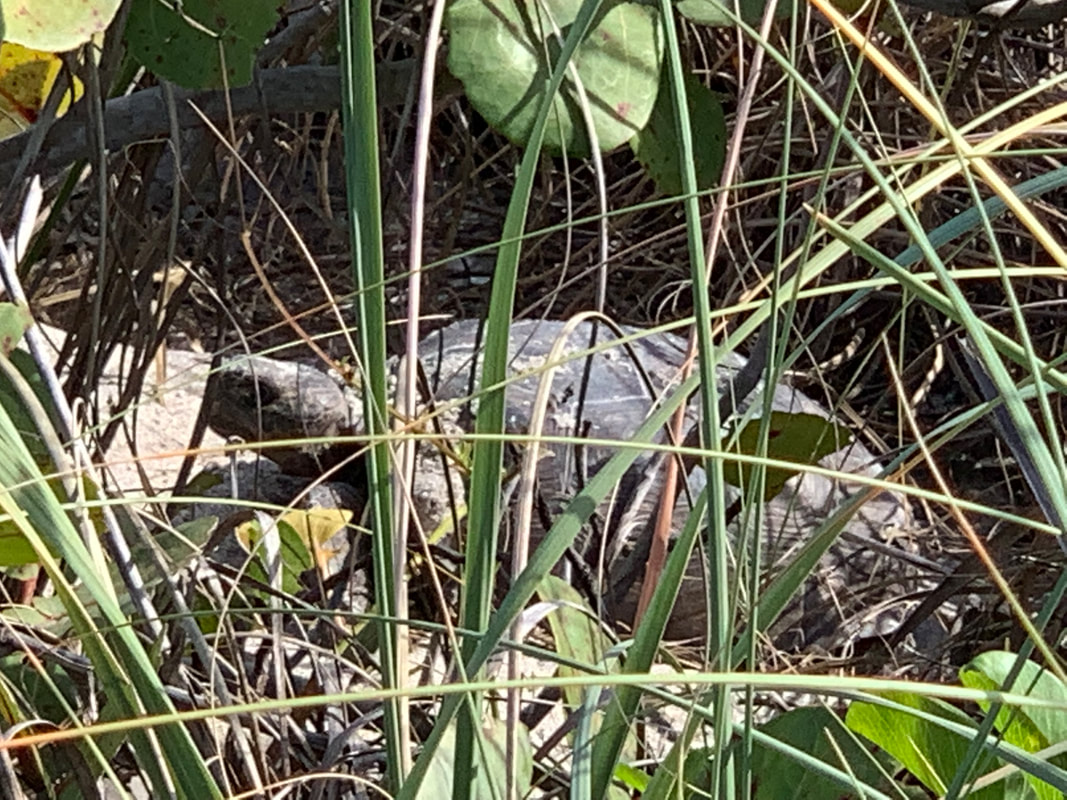
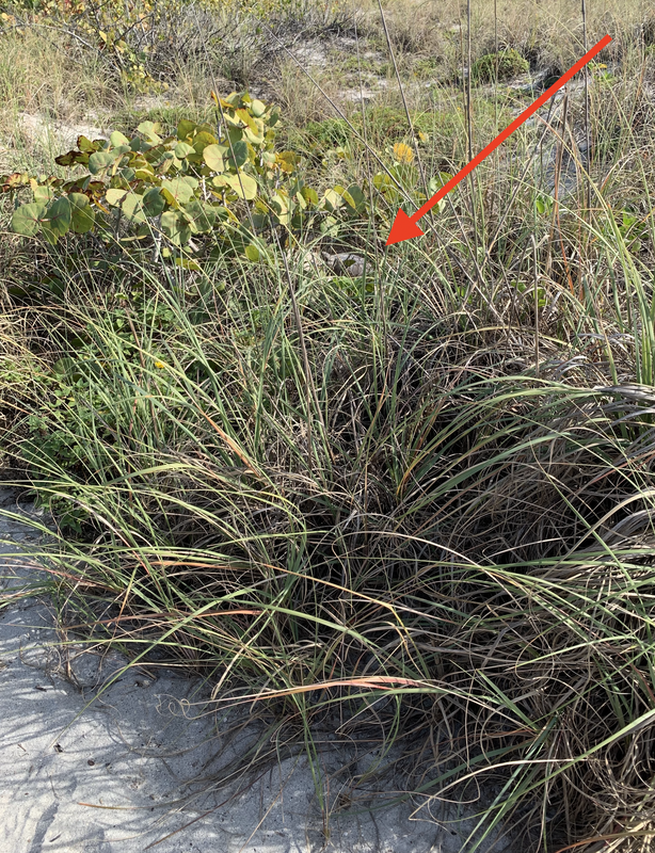


 RSS Feed
RSS Feed

